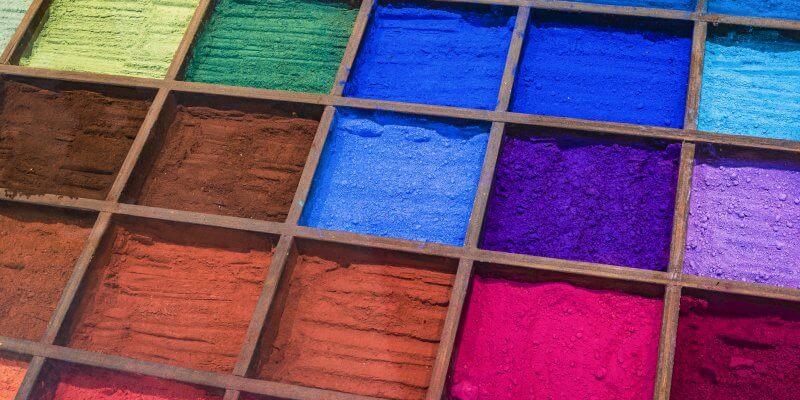Key Points/Overview
Phthalic anhydride is a white, crystalline chemical primarily used in industrial settings to manufacture plasticizers, resins, and dyes. It plays a critical role in producing flexible plastics (like PVC), durable coatings, and pigments for consumer and commercial products.
Phthalic anhydride is not typically present in finished consumer goods; instead, it is converted into plasticizers, resins, and dyes during manufacturing.
In occupational environments, direct exposure to its dust or vapors may cause irritation or sensitization, but these risks are well-managed with proper safety protocols such as ventilation and protective equipment. OSHA sets workplace exposure limits, ACGIH provides additional threshold limit values (TLVs) as safety guidelines, and the EPA regulates environmental releases.
Uses & Benefits
Phthalic anhydride is a key raw material in chemical manufacturing. Its most common uses include:

Automotive
Phthalic anhydride is an ingredient in PVC components for interiors, alkyd coatings for finishes, and fiberglass resins for body panels.

Building & Construction
Phthalic anhydride-derived plasticizers add flexibility to PVC pipes, flooring, and wall coverings; alkyd resins provide durable paints and varnishes; fiberglass resins strengthen panels and insulation.

Consumer Goods
Phthalic anhydride-based coating enhances durability of appliances and furniture; PA-derived plasticizers are used in PVC wiring and cables.

Textiles, Dyes & Pigments
Phthalic anhydride is an intermediate for dyes, pigments, inks, and textile finishes.

Safety Information
Phthalic anhydride is handled mainly in industrial settings. Workplace safety measures such as enclosed systems, ventilation, goggles, and gloves minimize exposure. Short-term exposure can cause irritation, and some workers may develop sensitivity with prolonged contact. OSHA and ACGIH establish workplace exposure limits, while the EPA regulates environmental releases. Unlike OSHA, ACGIH is not a regulatory agency, and its recommended exposure limits are advisory rather than legally enforceable.
Phthalic Anhydride Exposure
Phthalic anhydride is primarily handled in industrial settings, where protective measures, such as ventilation systems, enclosed processes, and personal protective equipment, are in place to reduce exposure.
- Inhalation: May cause respiratory irritation. Prolonged exposure to vapors or dust may lead to sensitization in some workers.
- Skin and Eye Contact: Can cause irritation on contact. Safety goggles and gloves are recommended in occupational settings.
- Regulation: OSHA sets enforceable exposure limits, while ACGIH provides advisory guidelines that are not legally binding.
Handling and Storage
Phthalic anhydride should be stored in a cool, dry, well-ventilated area away from moisture and incompatible substances. Containers should be tightly closed when not in use to avoid contact with air and humidity, which can cause degradation.

